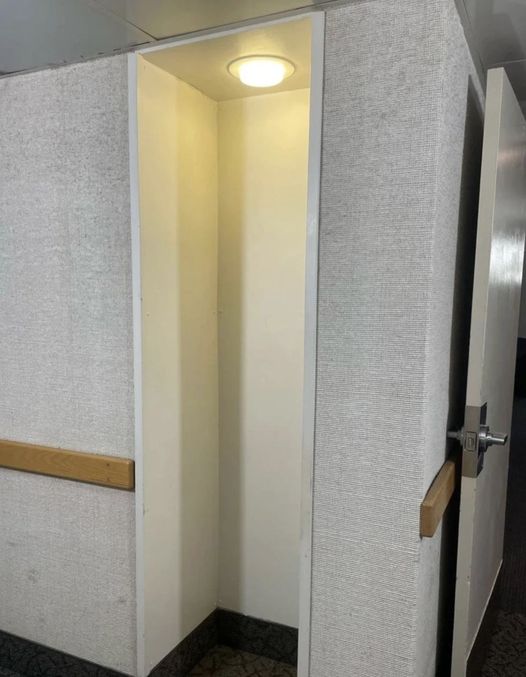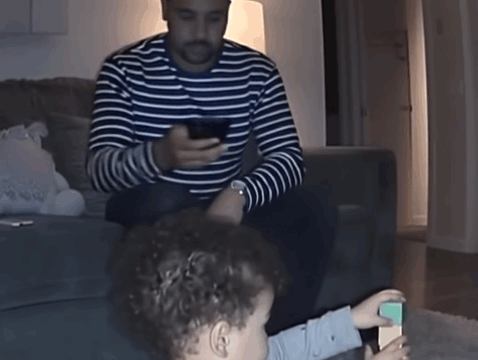Imagine a time when staying connected with family and friends wasn’t as simple as pulling out a smartphone and firing off a quick text. Long before the digital age transformed communication into an instantaneous affair, college students in the 1960s, ‘70s, and ‘80s leaned on a now-forgotten campus staple: the phone booth. These small, often dimly lit enclosures weren’t just tools for making calls—they were sanctuaries. Within their narrow walls, students found privacy, emotional refuge, and a rare sense of connection in an otherwise chaotic dormitory environment.

Strolling through older college campuses today, you might spot traces of these once-essential spaces. An empty wall bracket, a light fixture dangling from the ceiling, or the faint outline where a booth door used to swing open—these remnants are more than just architectural curiosities. They tell the story of a generation of students who relied on a single stationary phone to reach out beyond the confines of campus life. Before cell phones rendered them obsolete, these booths were the vital threads that wove distant families and scattered friendships together.
Dormitories in those decades were rarely quiet spaces. Constant chatter, blaring stereos, and the general hum of communal living made privacy a rare commodity. That’s where the phone booth came in. Nestled in forgotten corners of dorm hallways or tucked away in common areas, these compact spaces became temporary sanctuaries. Behind the thin barrier of a partial door or beneath the soft glow of a single overhead bulb, students could escape—if only briefly—the chaotic energy of their surroundings. They leaned against booth walls, clutched the cold metal receiver, and poured their hearts into conversations with voices hundreds of miles away.
The beauty of these booths wasn’t in their complexity—they were as basic as it gets. A phone, a shelf for coins, and a light. Sometimes there was no door, just enough of a wall to create a feeling of separation. And yet, that modest design was part of their magic. In a world where almost everything felt communal and shared, those few square feet offered an invaluable sense of solitude. It wasn’t about luxury; it was about escape. The light overhead wasn’t just functional—it softened the moment, creating an almost sacred atmosphere where students could pause, reflect, and reconnect with something familiar.
Every call made from those booths carried weight. It wasn’t as simple as tapping a name on a screen. Students had to plan their calls. They needed coins—often scavenged from desk drawers or borrowed from roommates—and they had to wait their turn, often standing in line as others made their calls. Each ring on the other end of the line brought a rush of anticipation. Every conversation was intentional, every word chosen carefully, because those precious minutes were finite. There was no endless scrolling, no multitasking—just pure, focused connection.
By the 1990s, the world started to shift. Cell phones became more affordable and accessible, slowly rendering phone booths obsolete. Students could now make calls from their dorm beds, campus lawns, or even during a walk between classes. The convenience of mobile communication was undeniable, but something was lost along the way. The rituals—the coin collection, the patient waiting, the single-minded focus on the voice on the other end—began to fade. Communication became easier, yes, but it also became more fleeting.
For those who remember using campus phone booths, there’s an undeniable nostalgia attached to them. The metallic click of a payphone coin slot, the resistance of a rotary dial as it spun back into place, and the muffled sound of campus life just outside the booth walls—all of these sensory details create a vivid memory. It wasn’t fast, and it wasn’t convenient, but it was deeply personal. Those conversations, shaped by the limitations of time and space, carried an emotional weight that’s hard to replicate with a smartphone notification.
Phone booths were more than communication tools—they were emotional anchors. For students struggling with homesickness, academic pressure, or the weight of being away from family for the first time, these booths offered a temporary reprieve. They were places where tears were shed, laughter was shared, and reassurances were given. In an era without instant messaging or video calls, those brief moments of connection were lifelines in every sense of the word.
Today, campus phone booths are little more than relics. Most have been removed entirely, leaving behind faint imprints of their existence on campus walls. But their legacy remains. They remind us of a time when communication required intention, patience, and effort. In our hyper-connected world, where conversations are scattered across dozens of apps and notifications pull us in a thousand directions, the simplicity of those booth calls feels almost profound.
Next time you pass one of these forgotten spaces—or even a modern replica installed as a quirky campus nod to the past—pause for a moment. Imagine the students who once stood there, coins clutched in nervous hands, waiting to hear the familiar voice of a parent, a sibling, or a friend. Those booths weren’t just boxes with phones—they were symbols of connection in a world that often felt far too big. And perhaps, in their simplicity, they still have a lesson to teach us about slowing down, being present, and truly savoring every call we make.





